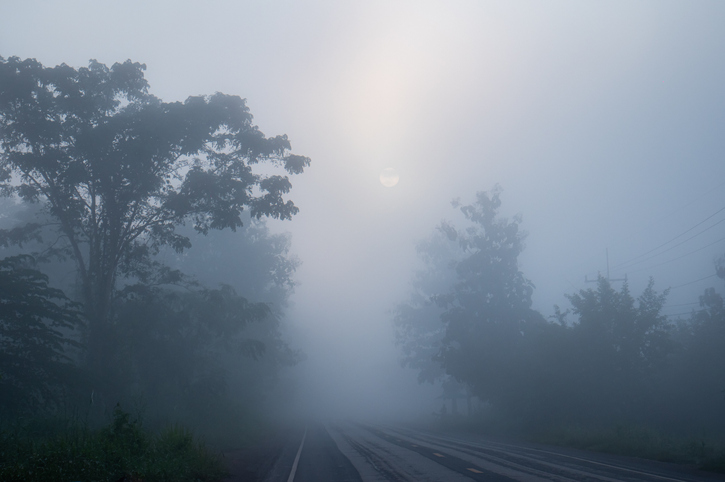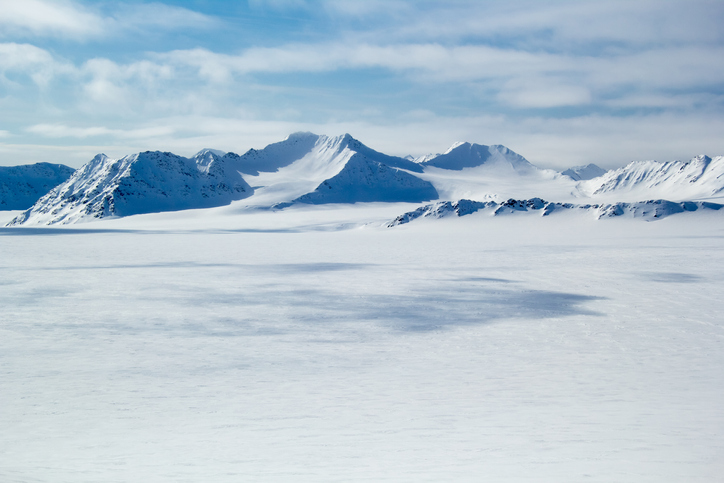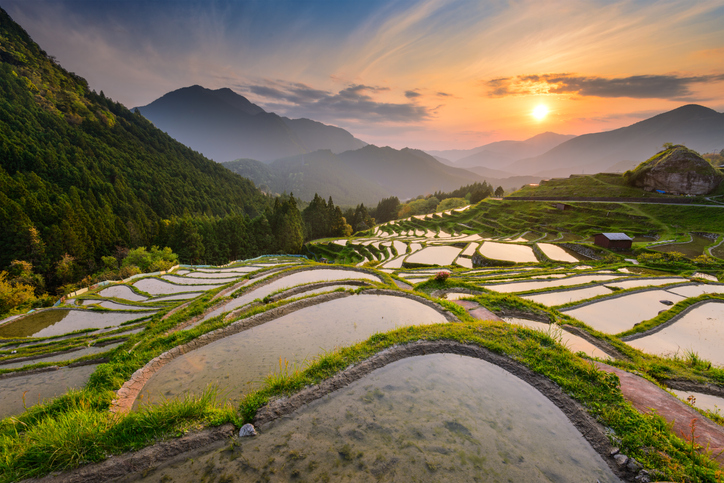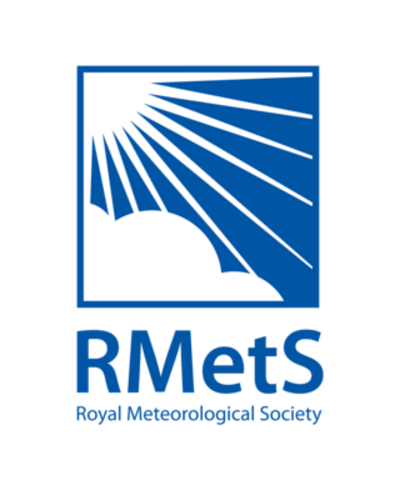16 Feb 2024
08 Feb 2024
The Weather of Fog
01 Feb 2024
Safety at Every Turn with the newly expanded Road Risk API from OpenWeather
25 Jan 2024
Poles Apart
18 Jan 2024
The Future of Rice
10 Jan 2024
The Land of Lakes and Adventure
22 Dec 2023
Christmas Around World
14 Dec 2023
The Bright Future for Solar with the new 15-minute Solar Irradiance from OpenWeather
01 Dec 2023
Understanding The Four Seasons
23 Nov 2023













